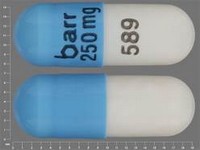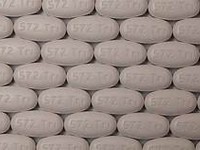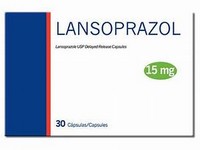Didanosine

Didanosine
CLINICAL USE
NSAID and analgesicDOSE IN NORMAL RENAL FUNCTION
75–150 mg daily in divided dosesPHARMACOKINETICS
DOSE IN RENAL IMPAIRMENT
GFR (mL/MIN)
DOSE IN PATIENTS UNDERGOING RENAL REPLACEMENT THERAPIES
IMPORTANT DRUG INTERACTIONS
Potentially hazardous interactions with other drugsACE inhibitors and angiotensin-II antagonists: antagonism of hypotensive effect; increased risk of nephrotoxicity and hyperkalaemiaAnalgesics: avoid concomitant use of 2 or more NSAIDs, including aspirin (increased side effects); avoid with ketorolac (increased risk of side effects and haemorrhage)Antibacterials: possibly increased risk of convulsions with quinolonesAnticoagulants: effects of coumarins enhanced; possibly increased risk of bleeding with heparins and coumarins; increased risk of haemorrhage with IV diclofenac – avoid concomitant useAntidepressants: increased risk of bleeding with SSRIs and venlafaxineAntidiabetic agents: effects of sulphonylureas enhancedAnti-epileptics: possibly increased phenytoin concentrationAntivirals: increased risk of haematological toxicity with zidovudine; concentration possibly increased by ritonavirCiclosporin: may potentiate nephrotoxicity; concentration increased by ciclosporinCytotoxic agents: reduced excretion of methotrexate; increased risk of bleeding with erlotinibDiuretics: increased risk of nephrotoxicity; antagonism of diuretic effect; hyperkalaemia with potassium-sparing diureticsLithium: excretion decreased Pentoxifylline: increased risk of bleeding Tacrolimus: increased risk of nephrotoxicityADMINISTRATION
Reconstition
–Route
Oral, IV, IM, PRRate of Administration
25–50 mg over 15–60 minutes; 75 mg over 30–120 minutesContinuous infusion of 5 mg/hourComments
Dilute 75 mg in 100–500 mL of sodium chloride 0.9% or glucose 5% buffered with 0.5 mL sodium bicarbonate 8.4%OTHER INFORMATION
Diclofenac should be used with caution in uraemic patients predisposed to gastrointestinal bleeding or uraemic coagulopathiesInhibition of renal prostaglandin synthesis by NSAIDs may interfere with renal function, especially in the presence of diclofenac sodium.230 diCLoFEnAC sodiUMexisting renal disease – avoid if possible; if not, check serum creatinine 48–72 hours after starting NSAID – if raised, discontinue NSAID therapy. Use normal doses in patients with ERF on dialysis if they do not pass any urineUse with great caution in renal transplant recipients – can reduce intrarenal autocoid synthesis
See how to identify renal failure stages according to GFR calculation
See how to diagnose irreversible renal disease
Home








